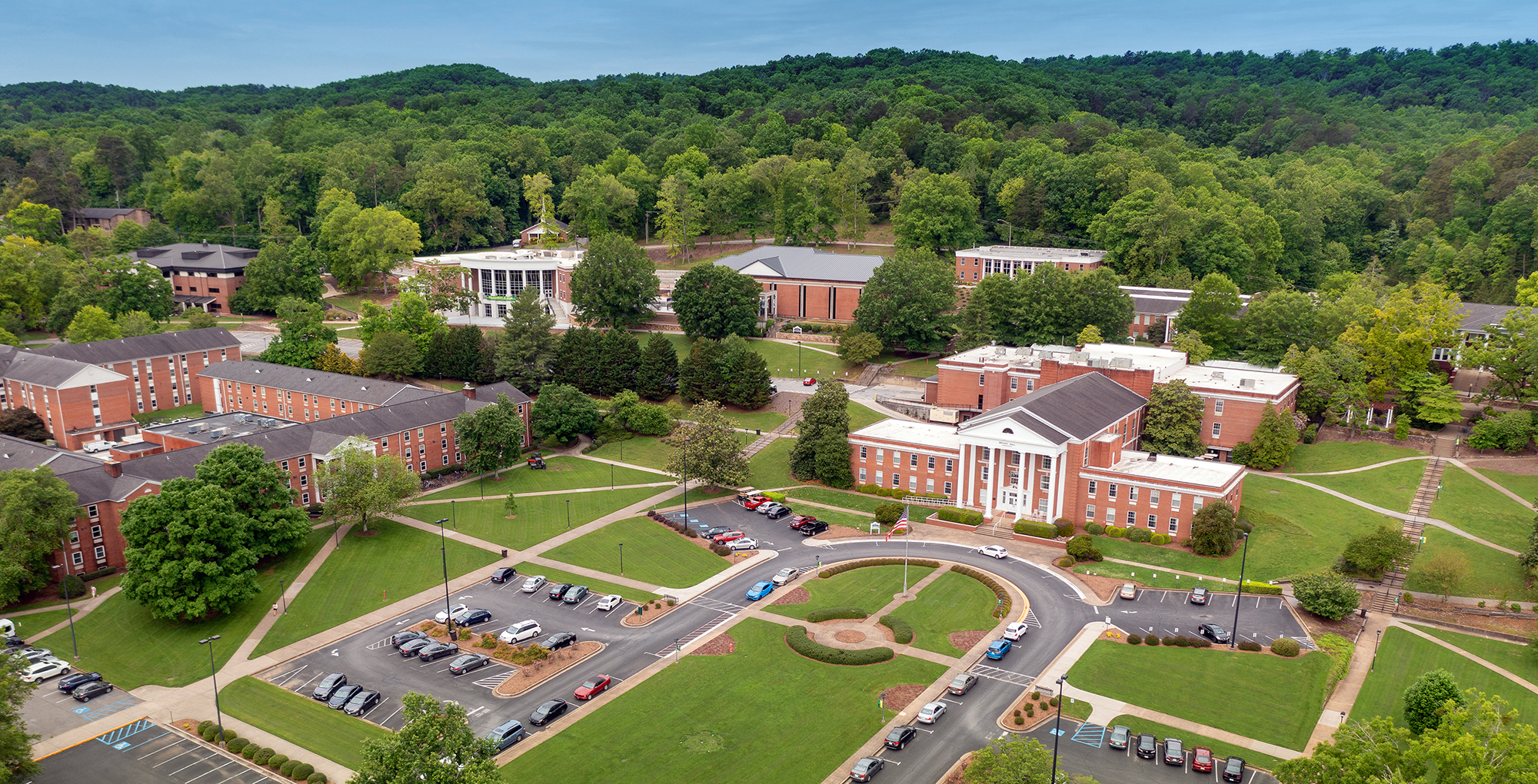
Student Park Cave

Student Park Cave is an educational and recreational resource that contains nearly a mile of walking, squeezing, crawling, and swimming passages. Adventure and educational programs can be scheduled for groups to gain exposure to a natural wonder of our area.
Outdoor Leadership no longer opens the cave to the public on the first Saturday of every month.
We do still offer programming to groups who wish to have a guided caving experience.
For a guided two-hour program: $25 per person min. of 10 participants. Groups larger than 15 participants will be charged a rate of $30 per person.
Contact us at adventureprogramming@southern.edu if you would like to schedule a program in the cave.
Cave History
Since before the establishment of Southern Adventist University, members of the
local community have known about Student Park Cave. Local lore says that in the 1830s
when the Cherokee Indians were being moved to Oklahoma, a few chiefs hid tribal objects
in the cave. Supposedly, a group of Cherokees returned in the early 1900s to retrieve
the objects.
During the Civil War, Major John Cleveland lived where the university is now. He fought as a Union soldier, but his brother fought as a Confederate soldier. The brother was wounded, and Major Cleveland hid him in this cave and nursed him back to health.
Mrs. Grace Thatcher, whose husband sold this land to the university, told of various formations of colored stalagmites and stalactites in the cave, but they have since been destroyed by vandals. Mrs. Thatcher also remembered a large lake with fish in it. During the summer, cool air rushed out of the cave and in the winter, warm air. One year, the Thatchers kept watermelons fresh in the cave until Christmas.
The cave is located in what was once a lime quarry, and the entrance to the cave was originally just a small hole, which was partially blocked by a large boulder. During the 1970s, the boulder was removed and the entrance widened and gated so the cave could be used as cool storage for the university's garden produce. They called it the "Potato Cave." Several years later, they closed the cave and in the following years made various attempts to keep vandals out; but people kept breaking in, damaging the cave with graffiti, trash, and other vandalism.
In 1981, William Shrewsbury was the first to take an interest in the scientific realm of the cave. He created a three-dimensional map of the cave using a compass, cyclometer, and tape measure. Thanks to his work, we have a detailed and accurate map of the cave. Now, under the management of the School of Health and kinesiology through the outdoor leadership program, the cave is once again open for exploration.
Student Park Cave Brochure
During the Civil War, Major John Cleveland lived where the university is now. He fought as a Union soldier, but his brother fought as a Confederate soldier. The brother was wounded, and Major Cleveland hid him in this cave and nursed him back to health.
Mrs. Grace Thatcher, whose husband sold this land to the university, told of various formations of colored stalagmites and stalactites in the cave, but they have since been destroyed by vandals. Mrs. Thatcher also remembered a large lake with fish in it. During the summer, cool air rushed out of the cave and in the winter, warm air. One year, the Thatchers kept watermelons fresh in the cave until Christmas.
The cave is located in what was once a lime quarry, and the entrance to the cave was originally just a small hole, which was partially blocked by a large boulder. During the 1970s, the boulder was removed and the entrance widened and gated so the cave could be used as cool storage for the university's garden produce. They called it the "Potato Cave." Several years later, they closed the cave and in the following years made various attempts to keep vandals out; but people kept breaking in, damaging the cave with graffiti, trash, and other vandalism.
In 1981, William Shrewsbury was the first to take an interest in the scientific realm of the cave. He created a three-dimensional map of the cave using a compass, cyclometer, and tape measure. Thanks to his work, we have a detailed and accurate map of the cave. Now, under the management of the School of Health and kinesiology through the outdoor leadership program, the cave is once again open for exploration.
Student Park Cave Brochure